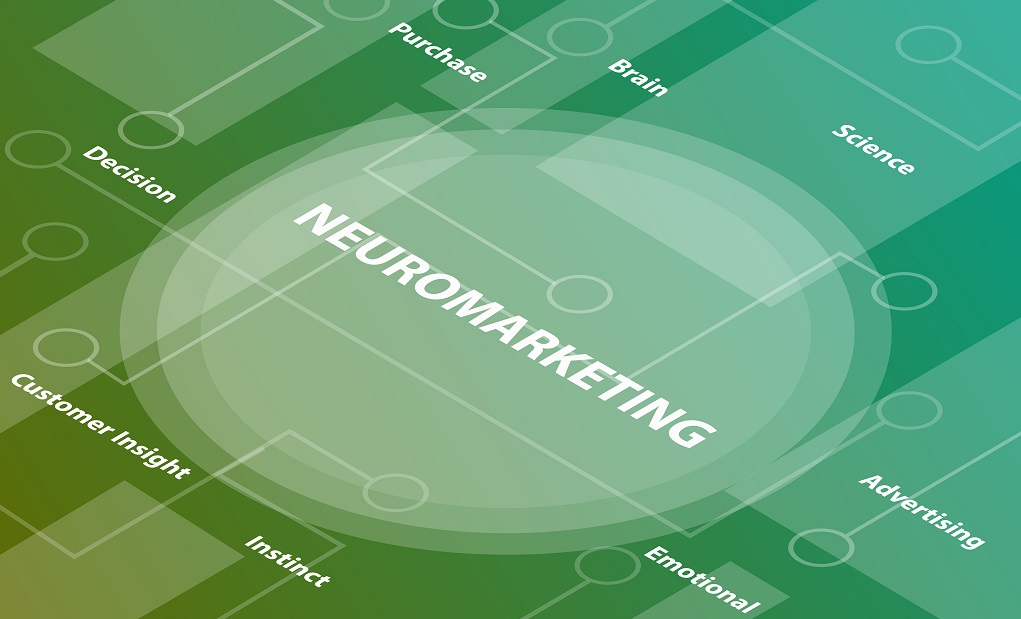How neuromarketing helps companies increase their customer base
Impulses or persistent response mechanisms developed through experience guide people’s actions. These are the ones that make us buy products we didn’t intend to purchase or respond to promotional offers. Neuromarketing is the study of the effects of experience on human behaviour. It aims to study the impact of sensory, cognitive, and emotional stimuli on consumers.
Based on the findings of psychology and neurophysiology, neuromarketing helps specialists find the “key” to the consumer’s subconscious. Incorporating neuromarketing principles into their advertising strategies will enable companies to remain competitive and increase their customer base regularly.

Key approaches to neuromarketing
Neuromarketing encompasses various ways of influencing consumer behaviour. Let’s look at the most popular ones:
- The need for completion. The human brain seeks completion, so it is constantly looking for answers to questions that arise. Marketers tap into this through clickable headlines and intriguing articles that do not fully reveal the essence of the message. This encourages customers to click the link to discover what happens next.
- Perception of familiarity. Objects and people you are familiar with are more appealing than those you are seeing for the first time. Consumers are therefore more loyal to ads featuring famous actors or opinion leaders. Another way to use this feature is to change the headlines of stable phraseological sentences.
- Emotional triggers. By using emotionally charged words or images, you can focus consumers’ attention on the right idea and encourage them to take action.
- Generalisation. People often generalise the impression of one person to a whole group. Individual instances can be generalised and influence future behaviour. You can use this to brand your product. It is important to choose a charismatic representative of the company, and their characteristics will carry over to the company as a whole.
- Another neuromarketing principle is selective perception. This means that people pay attention to information that matches their views and interests first. Other information may be of no interest to the individual. This confirms the importance of studying the target audience and communicating in a language they understand.
The psychology of colour
Colours play a special role in neuromarketing. They can evoke different associations in consumers, largely culturally influenced. Therefore, before entering new markets, it is necessary to study national differences, the mentality of local consumers and their attitudes towards different colour shades. Awareness will help to develop an effective marketing strategy. As for the perception of colours, in Western culture, they evoke the following associations:
- red: energy, movement;
- green: eco-friendliness, health, wealth;
- blue: calmness and concentration;
- yellow: impulsiveness, optimism;
- black: mourning, strength, intelligence.
Using different colour combinations for packaging and retail space, design can create a certain mood in consumers and encourage them to buy.
